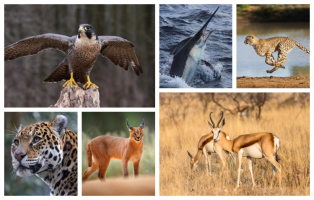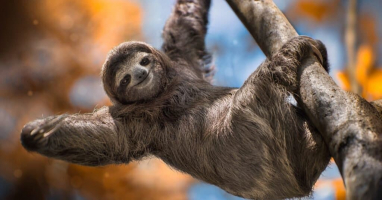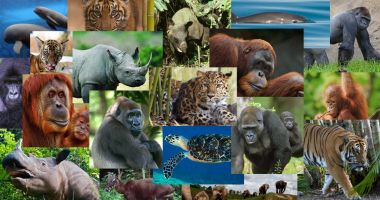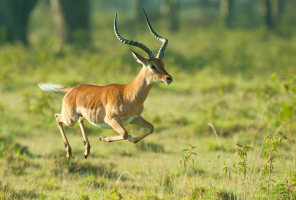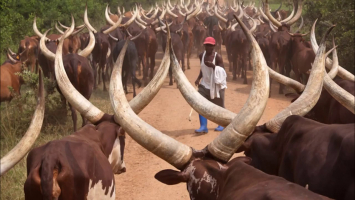Top 10 Heaviest Animals in the World
If asked, most people will tell that the heavies animal on the land is the elephant, while the blue whale is the heaviest one in the ocean. But about the ... read more...second heaviest animals? In the article below, let’s look at the list of the heaviest animals in the world.
-
The whale is the heaviest creature on the planet. These magnificent beasts were formerly terrestrial, but millions of years ago, they returned to the sea. Instead of teeth, whales have keratin filters in their mouths. They use baleen to strain their food, which is usually small creatures like krill, from the water.
The blue whale is the world's largest and heaviest animal, weighing up to 219 tons. Because blue whales currently dwell in the ocean, nature has permitted them to grow so large, even though their terrestrial predecessor was approximately the size of a cat. Following it are the fin whale, bowhead whale, and Northern Pacific right whale, all of which weigh in at 120 tons. The North Atlantic right whale and the Southern right whale, both weighing over 110 tons, follow them. The sperm whale, at 57 tons, the humpback whale, at 48 tons, and the gray and sei whales, each at 45 tons, follow them.
Weight: 219 tons
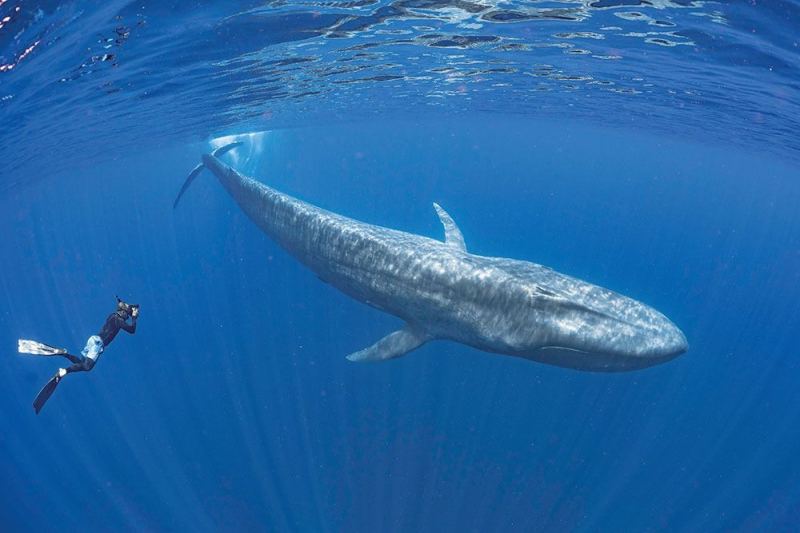
Photo: Dive Magazine 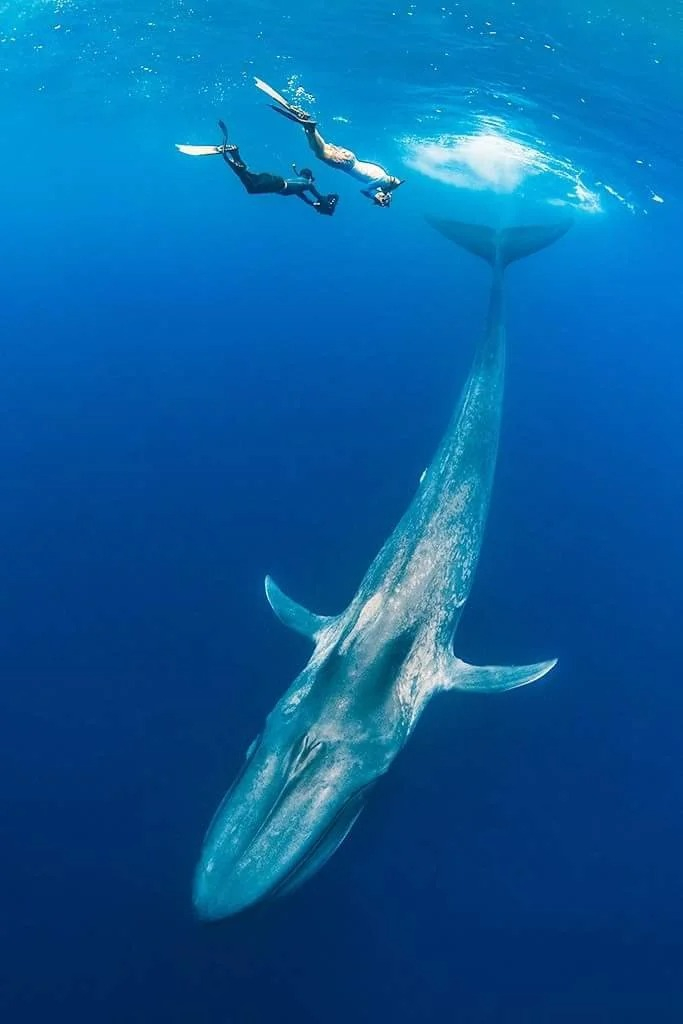
Photo: Reddit -
The whale shark is the world's largest fish. Its name comes from its big size. It has the capacity to weigh up to 20 tons. The basking shark, the second-largest fish, can weigh up to 18 tons. Both of these sharks are large, but they consume plankton and are harmless to humans. They accomplish this by simply opening their mouths and swimming right into clouds of plankton, small fish, and invertebrates, straining them out of the water with their gill rakers. They can also suck them up and devour them whole. The whale shark can actively pump water through its gills, but the basking shark must swim forward to allow water to wash through its gills.
They are generally non-aggressive and will often enable divers to approach them and interact with them. These massive fish may occasionally let divers catch their dorsal fins and tow them through the water, seemingly unconcerned.
Weight: 18 tons
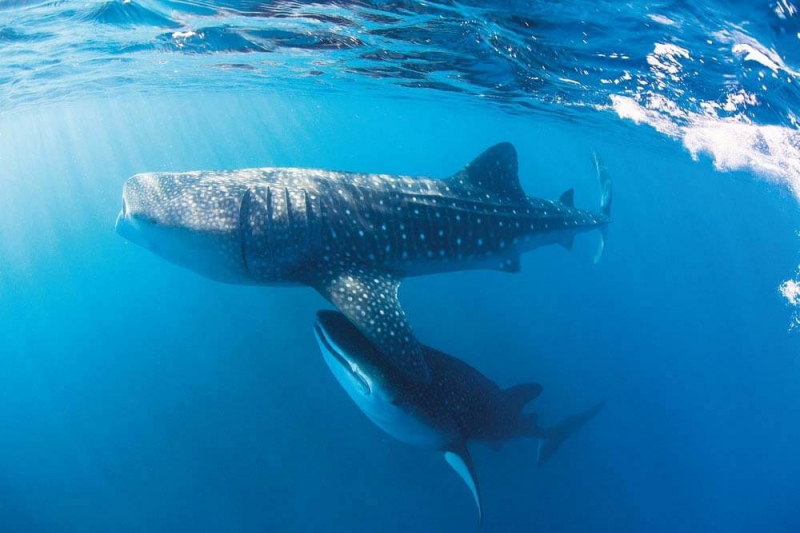
Photo: Dive Magazine Source: National Geographic -
Elephants are the largest land creatures on the planet. A large African bush elephant bull can weigh between 11.5 and 12.25 tons, whereas a smaller African forest elephant can weigh up to 6 tons. The Asian elephant is roughly 8 tons in weight. Elephants live in groups of adult females and calves, with males leaving when they reach puberty. Elephant herds in Africa are commanded by a matriarch, but Asian elephant herds are less hierarchical. Asian elephants, unlike African elephants, can be domesticated and put to work. Elephants in Africa and Asia are both threatened.
The elephant is also one of the world's most intelligent creatures. It is one of the few creatures that are capable of self-awareness and recognition. It appears to employ equipment such as a fly swatter. It also has a strong ability to learn and recall information. Scientists are still debating whether elephants mourn their dead, but they do appear to have an emotional life on the inside.
Weight: 12.25 tons
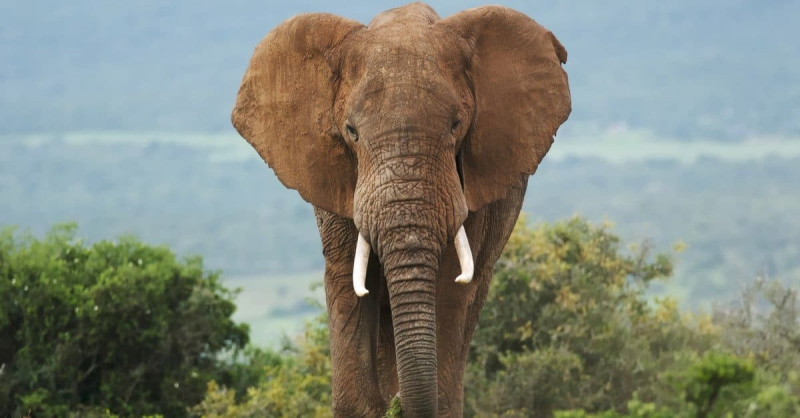
Photo: AZ Animals 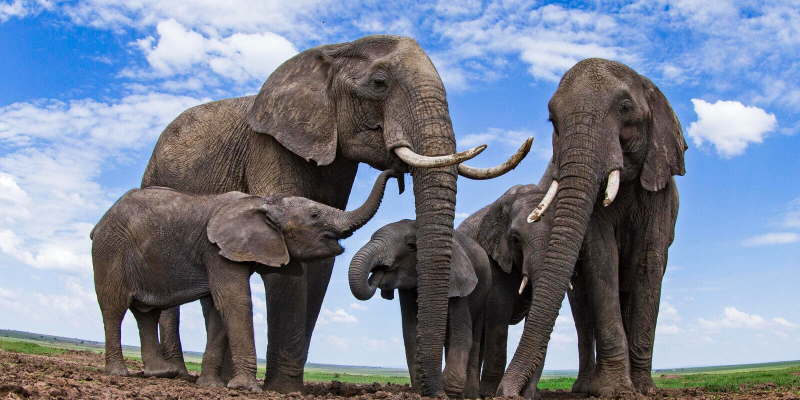
Photo: World Wildlife Fund -
The Rhinocerotidae family are some of the world's heaviest animals. There are five species with subspecies, two of which are located in Africa and three in Asia. The 4.5-ton white rhinoceros is near-threatened. It's not white at all, but rather brown or gray, and some believe its name comes from a misinterpretation of the Dutch or Afrikaan word for its "broad" lips.
The vulnerable Indian rhino is well-known for its folds over its rump, back, and shoulders. At 4 tons, it is slightly lighter than the white rhino. The black rhinoceros and Javan rhinoceros are much smaller, weighing only 2.9 and 2.3 tons, respectively. The black rhinoceros, which possesses a hook on its lip that allows it to catch leaves to eat, is critically endangered, with three subspecies now extinct. The Javan rhino is much more endangered, and while it used to be spread all over Asia, it is now only found on the island of Java.
Weight: 4.5 tons
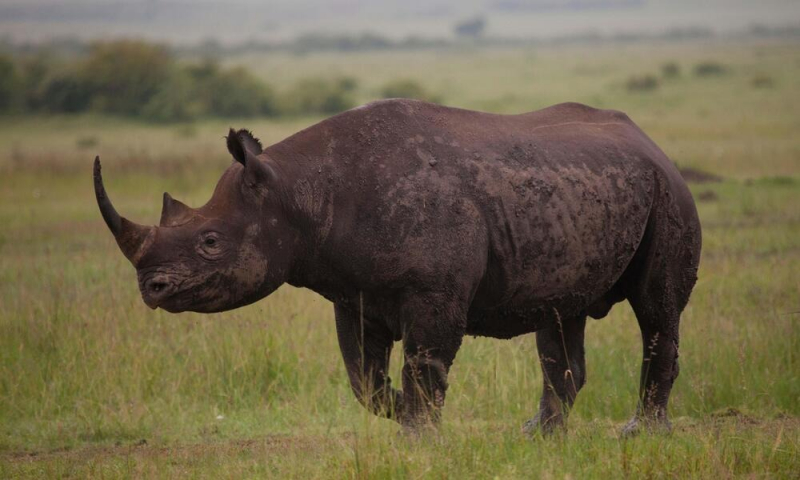
Photo: World Wildlife Fund Source: National Geographic -
Hippopotamuses (Hippopotamus amphibius) are water-loving, big, round mammals endemic to Africa. Although "hippopotamus" comes from the Greek word for "water horse" or "river horse", hippos and horses are not closely related. According to the African Wildlife Foundation, common hippos, sometimes known as river hippos, are the third-largest living land mammals after elephants and white rhinos. They can reach a length of 10.8 to 16.5 feet (3.3 to 5 meters) and a height of 5.2 feet (1.6 meters) at the shoulder.
The hippopotamus is also one of the heaviest animals in the world. Males weigh 3,500 to 9,920 pounds (1.6 tons to 4.5 tons) while females weigh around 3,000 pounds (1.4 tons). At that height, it’s easy for hippos to tip over boats in the water or crush a bothersome human. It's also worth noting that a set of bone-crushing teeth should not be underestimated.
Weight: 4.5 tons
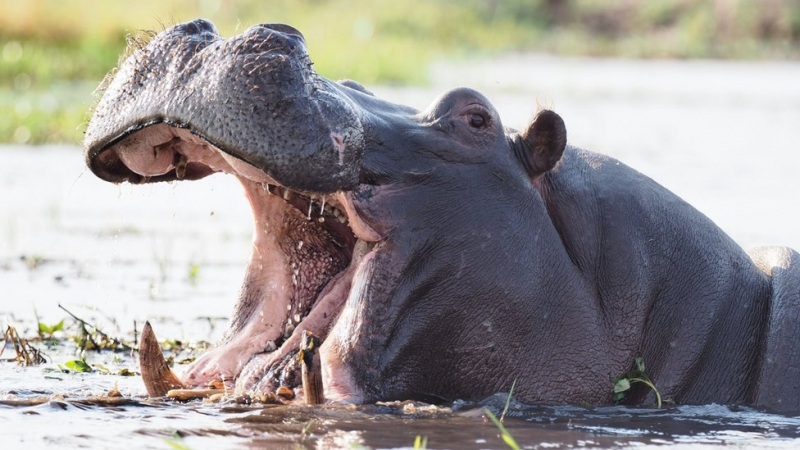
Photo: BBC 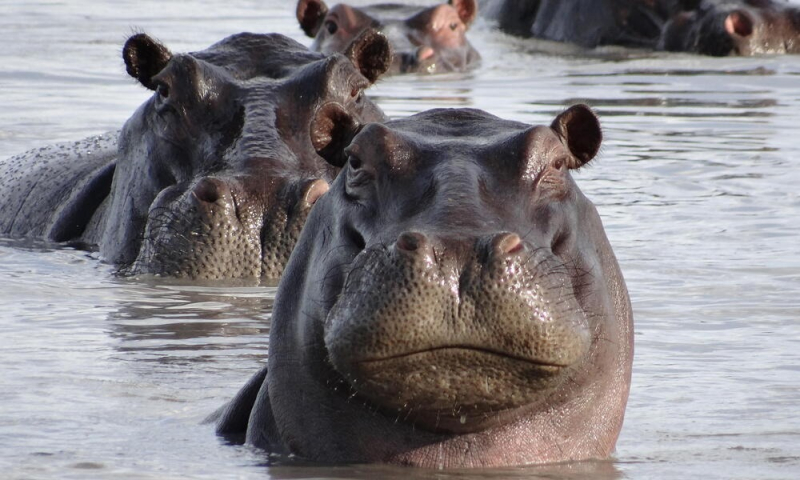
Photo: World Wildlife Fund -
The elephant seal was named after the male's inflated snout, which permits its trumpeting roar to be heard far and wide during the breeding season. This name also comes from its enormous size. A bull elephant seal is nearly four times the size of a cow and can weigh up to 4 tons and be 20 feet long. During the two-month mating season, the bulls fight on the beach, frequently drawing blood. The victorious bull takes control of the beach and has access to a harem of up to 100 cows.
After the pups have been weaned, the adults return to sea and stay there for most of the year, hunting for squid, skates, and small sharks. They do this by diving to a depth of 3281 feet and holding their breath for an average of 20 minutes. Elephant seals hunt 24 hours a day, seven days a week because they don't eat while on land reproducing or molting their fur.
Weight: 4 tons
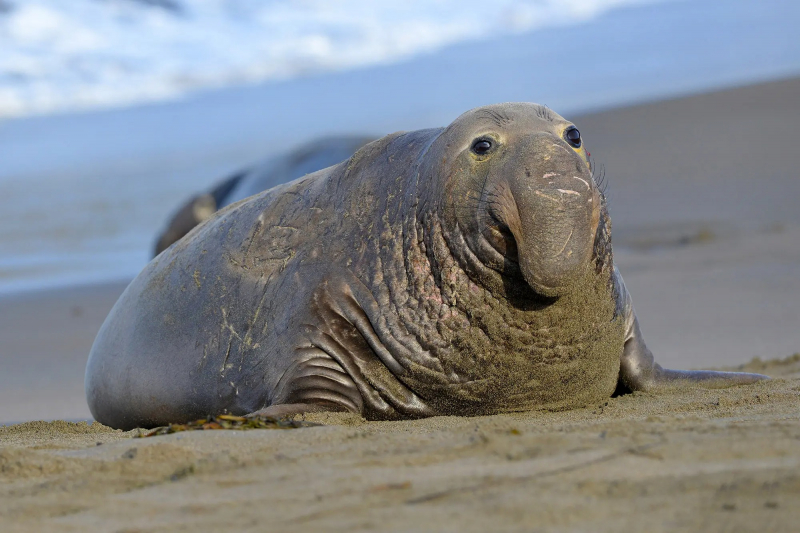
Photo: New York Post Source: BBC Earth -
The giraffe is the tallest animal on the planet, although it is not the heaviest. It can reach a height of 18 feet, making it well suited to life among the tall trees of Sub-Saharan Africa's arid savannas and acacia groves. The animal's large, prehensile tongue allows it to suck thorny branches into its mouth, where its teeth snip them off. Even the giraffe's tongue is very long and can reach 21-inch.
The giraffe drinks in the morning and evening then eats and chews its cud for the rest of the day. Splaying its front legs, bending its neck down, and managing its extremely high blood pressure so that its brain does not hemorrhage are all part of the drinking process. The giraffe's unusual physiology allows it to weigh up to 2 tons. They usually travel in small groups of about a half-dozen through the grasslands. Bulls fight by butting their long necks and heads against one another.
Weight: 2 tons
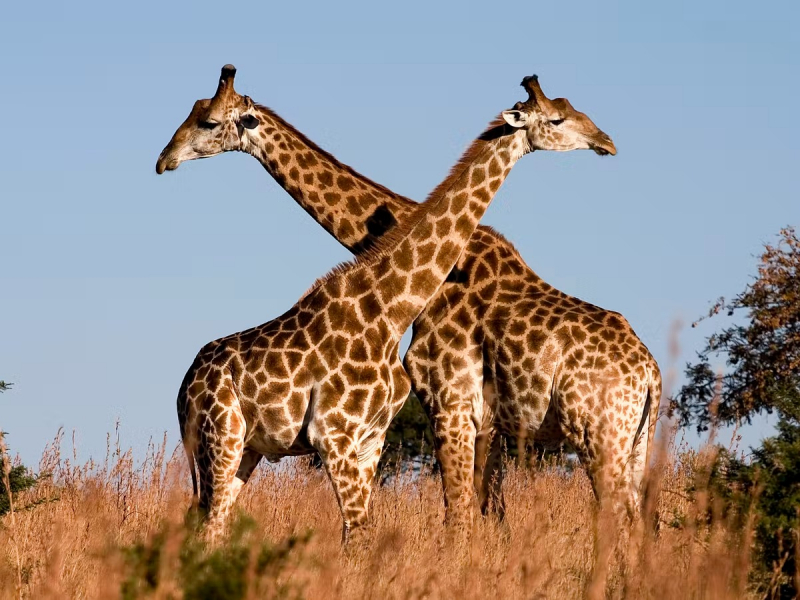
Photo: The Conversation 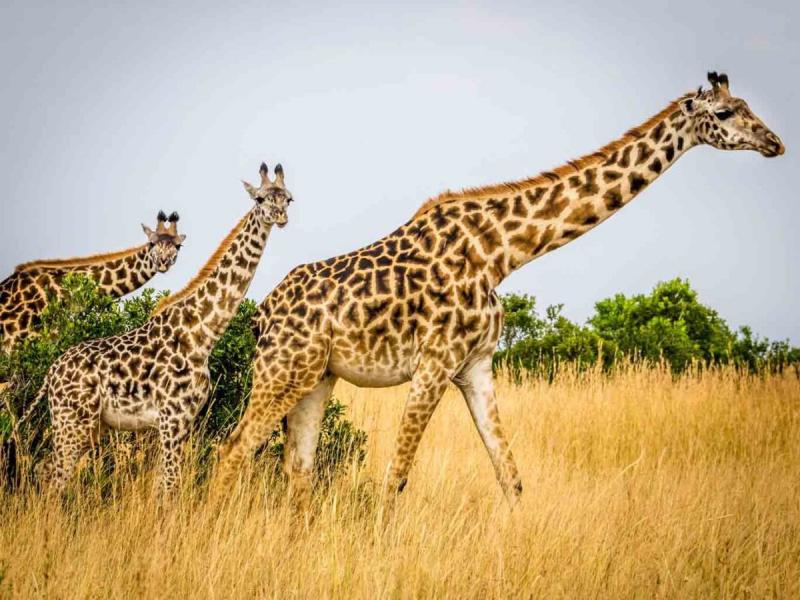
Photo: Bali Safari Park -
The Bovini tribe, sometimes known as wild cattle, consists of medium to large bovines which are home to North America, Eurasia, and Africa. Males are substantially larger than females, and most of their traits are accentuated, such as enormous humps, long necks, and the existence of a dewlap in some species.
The gaur is the largest of these cattle, and a large gaur bull may weigh up to 1.65 tons. It is located in southern and southeast Asia. The American bison, also known as the wisent, may weigh up to 1.4 tons, while the European bison, also known as the wisent, weighs in at 1.1 tons. The forest buffalo weighs half a ton, but the savannah-type African buffalo can weigh up to 1.1 tons. Several kinds of Bovini buffalo, such as the tamaraw and the anoa, that dwell on Indonesia's numerous islands are dwarf species that weigh between 200 and 300 kilograms.
Weight: 1.65 tons
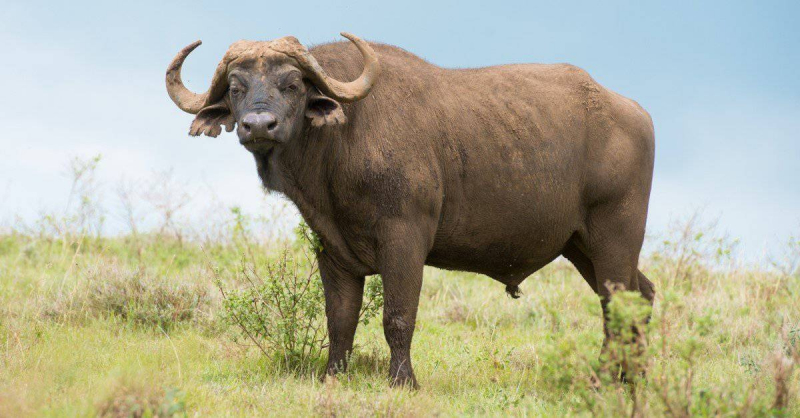
Photo: A-Z Animals 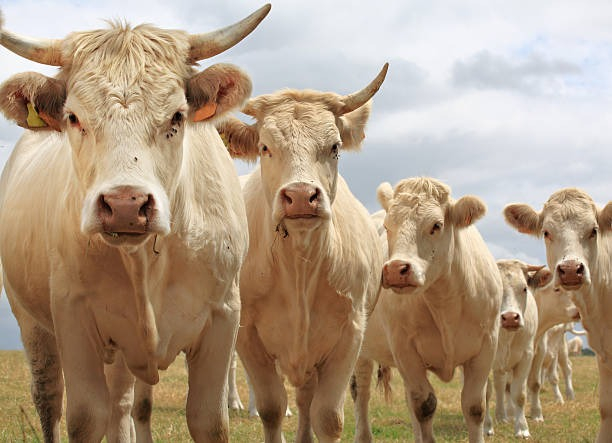
Photo: iStock -
The saltwater crocodile is one of the heaviest animals in the world. It is also the world's largest reptile, reaching lengths of more than 23 feet (6.5 meters). The Nile crocodile receives the most attention for being a purposeful hunter of humans, although the saltwater crocodile is larger. It can weigh up to 1.45 tons, compared to 1.2 tons for the Nile crocodile, and the 1.2-ton croc was an exception. The saltwater crocodile, like the Nile crocodile, will catch and eat whatever it can get its hands on. Emus, monkeys, bats, and birds caught from the sky, goats, deer, orangutans, kangaroos, water buffalos, and humans are among the victims.
It is unaffected by poison toads such as cane toads, and one individual is thought to have eaten a porcupine. The saltwater crocodile has been known to devour sharks because it dwells in salt or brackish water off the coasts of Southeast Asia and Oceania.
Weight: 1.45 tons
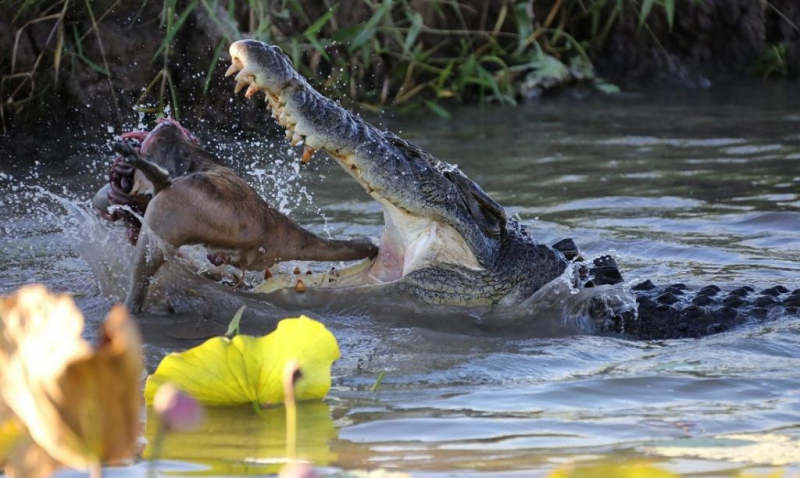
Photo: Down to Earth Source: Jinzo X -
The Polar Bear is a huge bear species that lives in the ice fields of the Arctic Ocean. It is the largest bear species on the planet. This big and stunning bear has adapted to life in the extremely cold north. It possesses a double coat of fur, which includes translucent guard hairs that seem snowy white to the naked eye. It has black skin behind its fur and 4 inches of fat beneath the skin. It has large, hairy feet that let it spread its weight across thin ice and swim. It also has large, robust, and keen teeth that are ideal for catching and eating seals.
A large male polar bear can weigh up to 450kg, though the world's largest bear weighed more than a ton and was over 11 feet tall. Climate change is reducing the amount of arctic ice in the Arctic Sea, reducing the bear's habitat.
Weight: 450kg
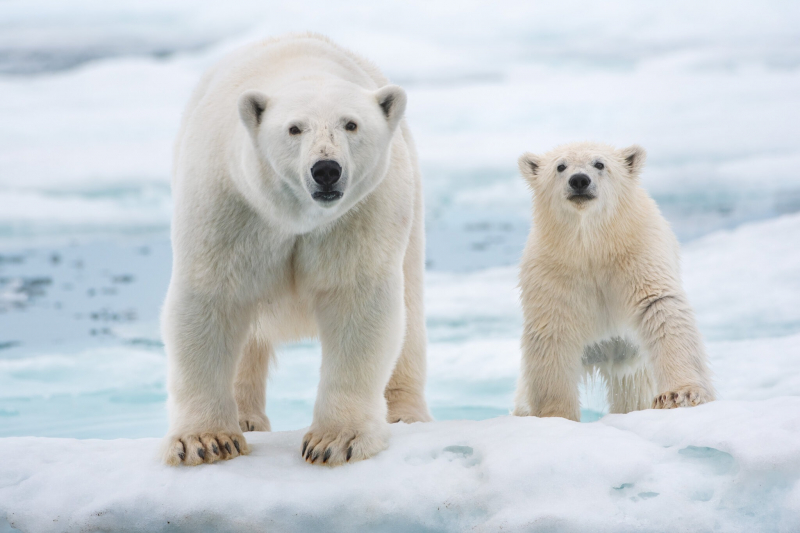
The New York Times Source: Nat Geo Wild












